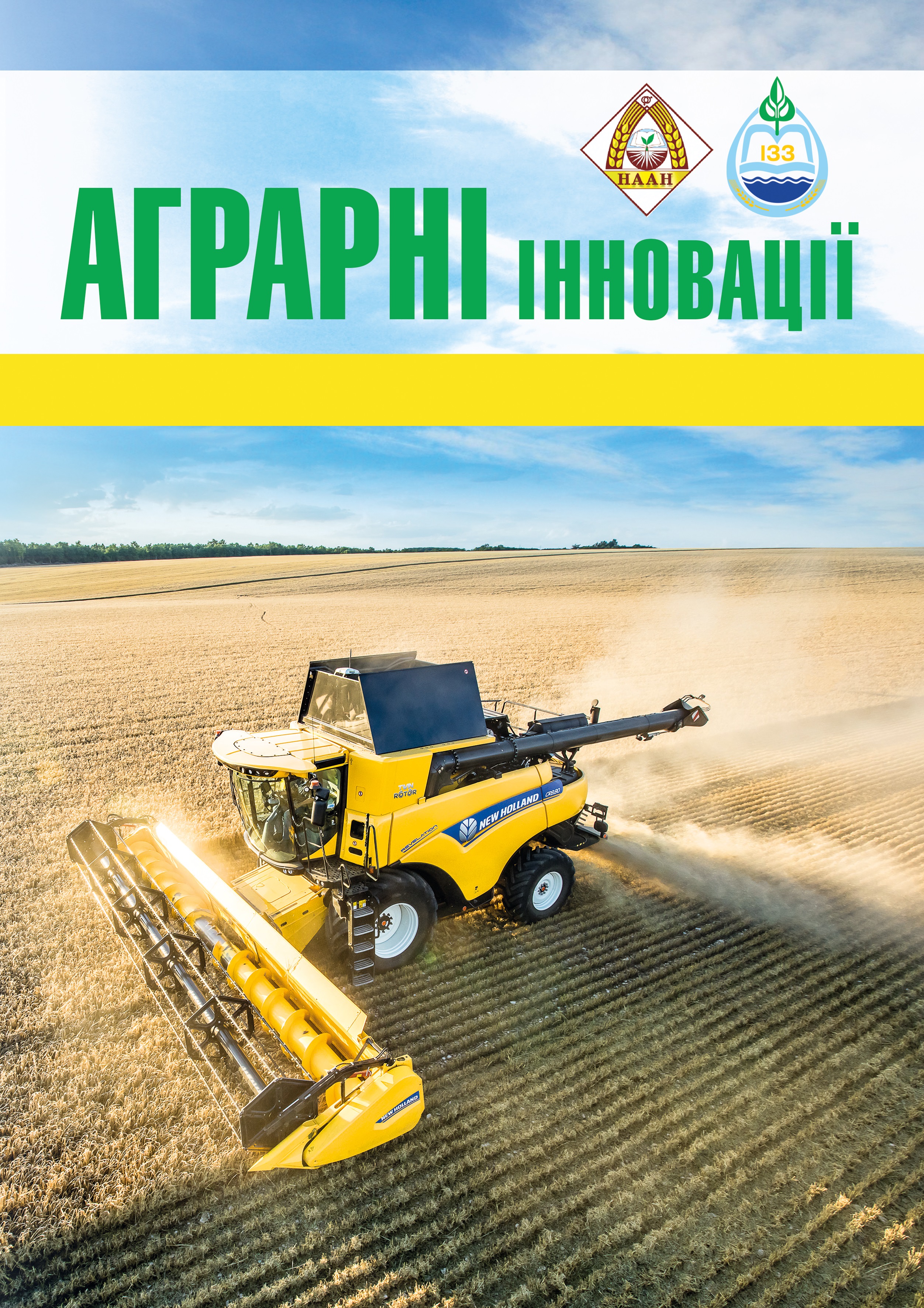ECOLOGICAL AND RECLAMATION SUBSTANTIATION OF AGRICULTURAL MEASURES TO IMPROVE THE FERTILITY OF IRRIGATED SOILS IN THE SOUTH OF UKRAINE
Abstract
Goal. It lies in the scientific and theoretical substan-tiation of methods of increase of fertility of irrigated soils, maximizing the productivity of irrigated lands. Methods. To simulate the performance of humus were used guide-lines in the field of reclamation of irrigated agriculture and information technology. Results. It was found that the physical organization of soils determines their func-tional properties and modes, highlighting the need for studies on the establishment of the soil resistance to mechanical stress and artificial hydration. Violation of the soil resistance to these factors, in many cases, is a negative factor in changes in the properties and modes of irrigated soils that generally may impair the functioning of the entire ecosystem of irrigated agriculture. To build a model of humus balance in irrigated soils in some fields of crop rotations with different structure of sown areas is necessary to carry out calculations on the average size of each field crop rotation. Scientifically-based combina-tion of crop rotation, cultivation techniques of effective, rational system of mineral and organic fertilizers ensures a positive balance of humus in the rotation and improves crop yields. Conclusions. Creating a balanced balance of nutrients to ensure high yields on irrigated land can be achieved through science-based fertilizer system, by introducing the necessary amount of organic and min-eral fertilizers. Calculation of the need of organic matter and mineral fertilizers for the planned harvest of crops is necessary to establish the balance method. Modeling parameters of humus and organic matter makes it possi-ble to study the ecological crop production techniques on the irrigated lands.
References
2. Лисогоров К.С., Писаренко В.А. Наукові основи використання зрошуваних земель у степовому регіоні на засадах інтегрального управління природними і тех-нологічними процесами. Таврійський науковий вісник. 2007. Вип. 49. С. 49–52.
3. Задорожний А.І. Дослідження динаміки проце-сів підтоплення сільськогосподарських угідь в системі еколого-меліоративного моніторингу : автореф. дис. … к.т.н. : 06.01.02. Київ : УкрІНТЕІ, 2006. 18 с.
4. Джигирей В.С., Сторожук В.М., Яцюк Р.А. Основи екології та охорона навколишнього середовища. Львів : Афіша, 2001. С. 71–74.
5. Ушкаренко В.О., Морозов В.В., Колесніков В.В., Ляшевський В.І., Тищенко О.П. Геоінформаційні сис-теми для управління зрошуваними землями : навч. посібник. Херсон : ЛТ-Офіс, 2010. 378 с.6. Евграшкина Г.П., Коппель М.М. Прогноз соле-вого режима почв и грунтов зоны аэрации Фрунзенского орошаемого массива методами математического моде-лирования. Мелиорация и водное хозяйство. 1978. Вып. 43. С. 56–63.
7. Ризниченко Г.Ю., Рубин А.Б. Математические модели биологических продукционных процес-сов. Москва : Изд. Московского университета, 1993. 302 с.
8. Росновский И.Н. Системный анализ и матема-тическое моделирование процессов в почве : учебное пособие / под. ред. д-ра биол. наук С.П. Кулижского. Томск : Томский государственный университет, 2007. 312 с.
9. Клещенко А.Д., Найдина Т.А. Динамическая модель продукционного процесса кукурузы с исполь-зованием спутниковой информации и методы про-гноза урожайности. Метеорология и гидрология. 2012. № 12. С. 88–98.
10. Ушкаренко В.О., Нікішенко В.Л., Голобородько С.П., Коковіхін С.В. Дисперсійний і кореляційний аналіз у землеробстві та рослинництві : навч. посіб. Херсон : Айлант, 2008. 272 с.






